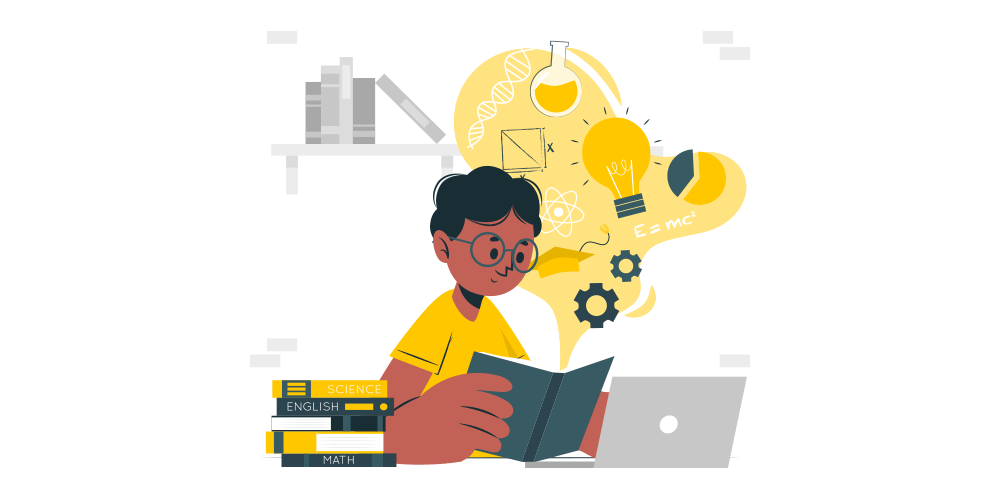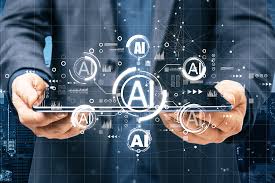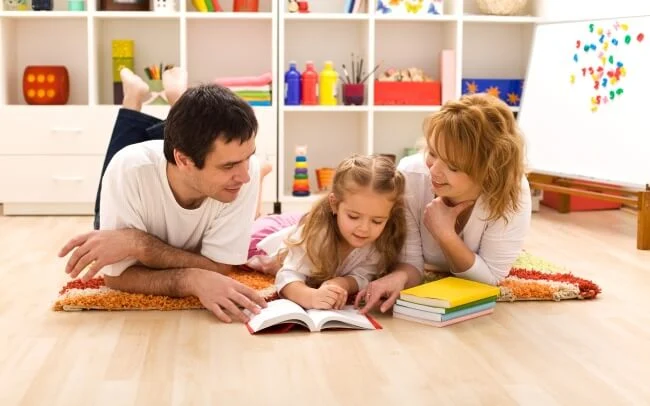Introduction
Education has traditionally followed a one-size-fits-all approach, where students of the same age learn the same content at the same pace. However, this standardized model fails to address the simple truth that every child is unique—with different interests, learning styles, strengths, and challenges.
As our understanding of how children learn continues to evolve, combined with advancements in educational technology, we're witnessing a significant shift toward personalized learning. This approach recognizes and adapts to individual learners, creating customized educational experiences that can transform how children engage with and master content.
In this article, we explore why personalized learning is increasingly seen as the future of education and how it can help children reach their full potential.
Challenges of Traditional Education
Traditional education systems were designed during the industrial era, with a focus on standardization and efficiency. While this approach has served many students adequately, it comes with significant limitations:
Pace Problems
In a conventional classroom, teachers must maintain a pace that works for the majority of students. This inevitably means that some children will be left behind, struggling to keep up, while others become bored and disengaged because the material doesn't challenge them sufficiently.
Limited Engagement with Interests
When curriculum content is standardized, it may not connect with a child's unique interests, making it difficult for them to develop intrinsic motivation for learning. Children naturally learn better when they're engaged with topics that fascinate them.
Lack of Individual Attention
With large class sizes, teachers often cannot provide the individualized attention each student needs. This is particularly challenging for children who have unique learning needs or who would benefit from different approaches to instruction.
Assessment Limitations
Standardized tests and uniform assessments may not accurately reflect what each child truly knows or can do. They often reward memorization over deeper understanding and fail to capture the diverse ways in which children can demonstrate mastery.
What is Personalized Learning?
Personalized learning is an educational approach that tailors the learning experience to meet the specific needs, interests, and abilities of each student. It's not about creating an entirely different curriculum for every child, but rather about providing multiple pathways through which children can engage with content, demonstrate understanding, and progress at an appropriate pace.

Key components of personalized learning include:
Flexible Pacing
Students can progress through material at a speed that's appropriate for their abilities and prior knowledge. This ensures that they build a solid foundation before moving on to more complex concepts.
Individualized Learning Paths
The content, methods, and activities are adapted to align with each student's learning style, interests, and goals. This doesn't mean students work in isolation—collaboration remains important—but the journey through the curriculum is more customized.
Timely Feedback and Support
Students receive ongoing, formative feedback that helps them understand their progress and areas for improvement. Support is targeted to address specific challenges a student is facing.
Student Agency
Students have some degree of control over their learning, including choices about what, how, and when they learn. This fosters ownership and intrinsic motivation.
Benefits of Personalized Learning
Improved Academic Outcomes
Research indicates that personalized learning approaches can lead to better academic achievement. When learning is tailored to a student's needs and they can progress at an appropriate pace, they're more likely to master content deeply rather than superficially.
Increased Engagement and Motivation
When children can pursue topics that interest them and see the relevance of what they're learning, they're naturally more engaged. This intrinsic motivation is a powerful driver of learning and can help foster a lifelong love of education.
Development of Self-Direction
Personalized learning often involves students taking an active role in setting goals, tracking progress, and reflecting on their learning. These metacognitive skills are valuable not just for academic success but for life in general.
"The goal of education is not to increase the amount of knowledge but to create the possibilities for a child to invent and discover, to create people who are capable of doing new things."
— Jean Piaget
Addressing Learning Gaps
Personalized learning allows for the identification of specific gaps in understanding and targeted interventions to address them. Rather than moving on when a portion of the class has mastered a concept, personalized approaches ensure that each child has the foundation they need before progressing.
Inclusivity
By recognizing and adapting to diverse learning needs, personalized learning can be more inclusive of children with different abilities, backgrounds, and circumstances. It allows for multiple ways to engage with content and demonstrate understanding.
The Role of Technology
While personalized learning isn't dependent on technology—it has existed in various forms for decades—modern digital tools have made it more feasible to implement at scale. Technology enables personalization in several important ways:
Adaptive Learning Platforms
AI-powered platforms like WonderBuddy can assess a child's current understanding and automatically adjust the difficulty, pace, and type of content presented. These systems can identify patterns in learning that might not be immediately apparent to a human teacher.
Rich Data and Analytics
Educational technology can collect detailed data about how students interact with material, providing insights that help educators understand learning patterns and make informed decisions about instruction. This data can reveal misconceptions, learning preferences, and areas of interest.
Expanded Access to Resources
Digital platforms can provide access to a vast array of learning resources in different formats (text, video, interactive simulations, etc.), making it easier to present content in ways that resonate with different learners.
Efficient Differentiation
Technology can help automate certain aspects of differentiation, freeing teachers to focus on providing targeted support and building relationships with students. For example, a platform might automatically generate practice problems at an appropriate level of difficulty.
Beyond the Screen
It's important to note that effective personalized learning balances technology with human connection. The most successful approaches use digital tools to enhance rather than replace meaningful interactions between students and teachers, as well as between peers.
Implementing Personalized Learning
Moving toward more personalized approaches requires thoughtful implementation. Some key considerations include:
Balanced Approach
Effective personalized learning combines individual work with collaborative experiences and direct instruction. It's not about children learning in isolation but about finding the right balance for each learner.
Thoughtful Technology Integration
Technology should be used purposefully to enhance learning, not for its own sake. Choices about which digital tools to use should be guided by evidence about their effectiveness and appropriateness for different ages and learning goals.
Teacher Development
Teachers need support and professional development to effectively implement personalized approaches. Their role shifts from being primarily content deliverers to becoming facilitators, coaches, and designers of learning experiences.
Family Engagement
Parents and caregivers play a crucial role in supporting personalized learning. They can provide insights about their child's interests and needs, reinforce learning at home, and help children develop self-direction and motivation.
Conclusion
Personalized learning represents a significant shift from traditional educational models. By recognizing and responding to the unique needs, interests, and abilities of each child, it has the potential to transform education from a standardized process to a more dynamic, engaging, and effective experience.
At WonderBuddy, we embrace the principles of personalized learning, leveraging advanced AI technology to create adaptive learning experiences that meet children where they are and help them grow at their own pace. Our approach combines the best of educational science with innovative technology to make learning more engaging, effective, and enjoyable for every child.
As we look to the future of education, personalized learning will continue to evolve, shaped by advances in technology, research on how children learn, and our growing understanding of what it means to provide truly equitable educational opportunities for all children.



